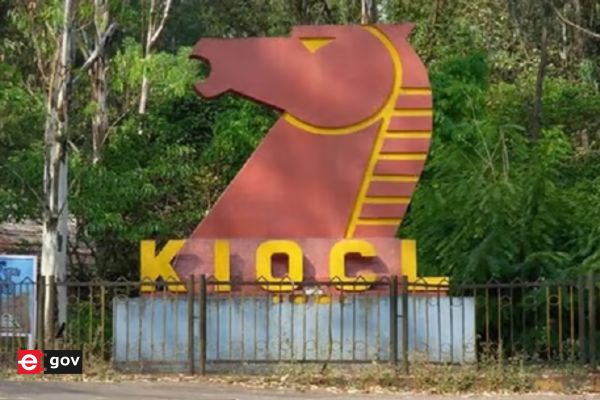Other Voices: The struggle for Community Radio in India
Authors : Vinod Pavarala and Kanchan K Malik
Published by: Sage Publications India, New Delhi 2007
ISBN: 978-0-7619-3602-2 (HB)
Pages: 320, Year of publication: 2007, Price: INR 650
Communications Professor and Dean at the Sarojini Naidu School of Communication at the University of Hyderabad, Vinod Pavarala and Lecturer, Kanchan K Malik have put together several years of struggle for community radio in India. The state has been very reluctant to open up the airwaves. Contextualising the historical struggle for providing hope to give voices to the marginalised communities, the importance of community media as an alternative media for social development has been established in this book.
The struggle has been a long and extended one, and different innovators of mass media for development have come together in this struggle to reform the policy. The process of creating appropriate framework for policy making, the networking and experimentation to establish the value of community radio as a tool for development, the creation of networks and consultations to advocate for an effective policy change began as a struggle by NGOs in India way back in 1995, took 11 years to take shape as a policy released by Government of India in December 1996.
The authors have conducted extensive research, met with the practitioners of various alternative media experiments, including narrowcasting and participatory communication experiments, and used the last seven years to put together an excellent research and analysis of the community radio movement in India.
Even when the FM licences opened up to private operators, the airwave boom has been marked by a cacophony of mindless jabber amidst the domination of non-stop Bollywood film music and advertising, with little or no programming of either relevance or significance to reflect the diverse communities that live in India.
The research work focussed on the need to revitalise the civil society, the conditions that will create the conducive environment, and challenges of the policy formulation itself. The critical issues that have been well researched in this book cover the social, cultural, economic and political dynamics and constraints that affected the community radio movement. Using qualitative case study methodology, focus group meetings and interviews, and drawing upon secondary research with over 257 references. Extensive analysis of the policies in Australia, Ireland, South Africa, Canada, USA has helped to draw lessons on the strategy for policy making in India. The authors examine the definition of community radio; the licensing procedure; the allocation of frequency and technical parameters; sustainability/funding issues; management and ownership; programme content; and regulation and monitoring.
A significant indication of popular resistance to the power structures and hegemony of the state to control the minds of people, the four detailed case studies presented in their fourth chapter include the ‘Chalo Ho Gaon Mein’, the AID project in Daltonganj (Jharkhand) supported by National Foundation for India, ‘Ujjas Radio’ project of KMVS in Bhuj (Gujarat) with technical and creative collaboration of Drishtee Media Collective, the ‘Namma Dhwani’ project of VOICES and MYRADA supported by UNESCO in Budhikote (Karnataka) and the ‘Women speak to women’ UNESCO supported project of DDS in Pastapur (Andhra Pradesh).
The participatory communication projects studied are all endeavouring to put radio stations run by communities at the heart of development. The tools and processes used have not only a development focus but also aim to conserve the traditional knowledge, practices and culture of these communities. Community radio is a means, but not an end in itself, and enabler of participatory development and communications. The strength of the case studies is that they establish the value of empowering and giving voices to the voiceless and poor.
The last three chapters address the need to revitalise the civil society and create greater awareness among them; addressing the gender dimension of community radio and finally the opportunities and challenges for the community radio movement in India. The book has an extensive and well documented annexes which helps the reader with five valuable dossiers.
This valuable book is a must read for all those interested in media for the marginalised communities and the impact on grassroots development in India.
Be a part of Elets Collaborative Initiatives. Join Us for Upcoming Events and explore business opportunities. Like us on Facebook , connect with us on LinkedIn and follow us on Twitter, Instagram.











